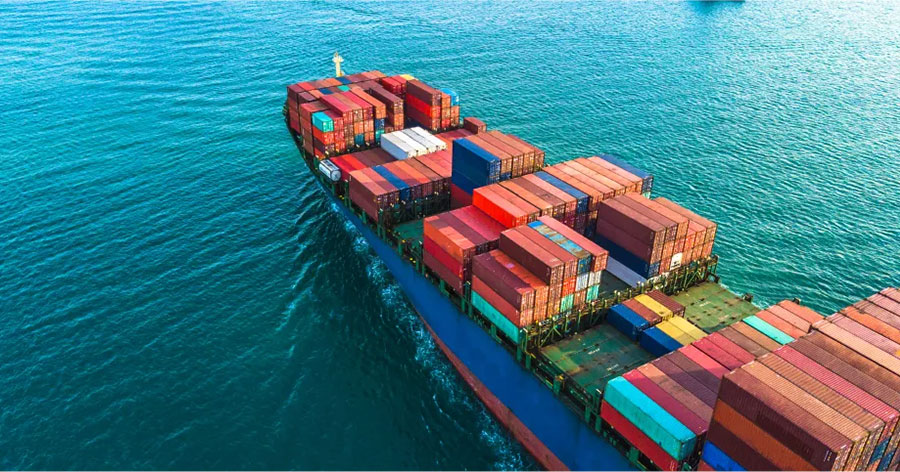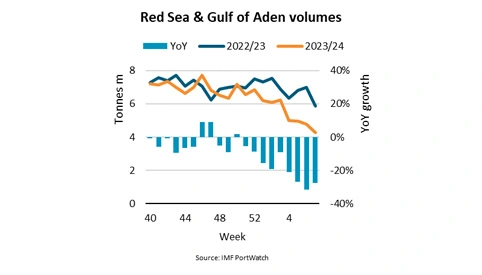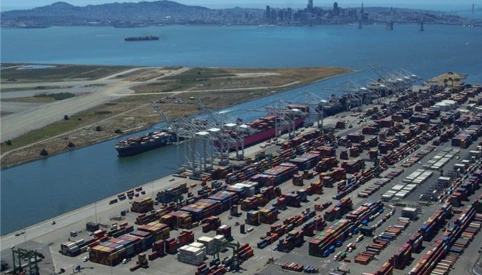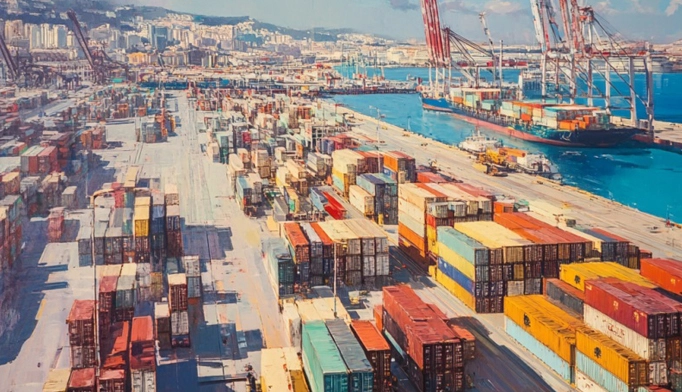2024/05/29
Global shipping rates continue to surge The global maritime sector maintains its robust performance, with freight rates across all routes on the rise, propelling the latest Shanghai Containerized Freight Index (SCFI) up by 214.97 points to 2520.76, a significant increase of 9.32%. This marks the sixth consecutive week of gains and the highest point since mid-September 2022, nearly 20 months ago. Specifically, rates for European and Mediterranean routes increased by 6.31% and 1.07%, respectively. The gains were even more pronounced for the US West Coast and East Coast routes, which saw increases of 14.39% and 8.34%, respectively. The most dramatic surges were observed in the South American, South African, and West African routes, with rates climbing by 22.4%, 22.25%, and 26.65%, respectively.

Freight industry insiders have conducted an in-depth analysis of the current maritime market, highlighting that shipping capacity has been impacted by geopolitical tensions in the Middle East and rerouting of vessels (with nearly 3,400 ships forced to change course so far), leading to a decline in turnover rates. Initially, vessels favored high-freight-rate routes, but this displacement effect has caused rates on other routes to rise as well. Additionally, shipment volumes in Europe and the United States have exceeded expectations. Beyond the need to replenish inventories, geopolitical uncertainties may also prompt customers to increase safety stock levels and ship goods earlier, collectively driving up freight rates.
Canadian railway workers’ strike may increase pressure on U.S. cargo transport On another front, the market is closely watching the issue of the Canadian railway workers’ strike. The Canadian National Railway Company and the Canadian Pacific Kansas City Railway Company have failed to reach a new contract agreement, leading the union representing nearly ten thousand employees to vote in favor of a strike, which could commence as early as the 22nd. This could potentially be the largest strike in Canadian history. Freight industry insiders roughly estimate that although the volume of Canadian goods is not substantial, the strike could affect goods imported and exported to the U.S. via IPI and RIPI rail routes. Some cargo may be diverted to import ports in the southwestern and eastern United States, increasing transportation pressure. In response to this shift, shipping companies, including Maersk, have announced plans to optimize North American West Coast ports, temporarily designating the Port of Tacoma as a stop for U.S. import and export rail services over the next four voyages to alleviate transportation pressure. The escalating tensions in the Red Sea are continuing to impact global maritime trade, exacerbating the supply-demand imbalance in the current shipping market and driving global freight rates higher. Notably, European shipping prices have surged dramatically, with European line futures prices reaching a high of 4321.9 on May 16, setting a new record since their listing, with the highest increase this year reaching 218%.
“Container Shortage” Reemerges A representative from a large freight forwarding company in the Yangtze River Delta region noted that a significant number of containers are “wandering outside,” leading to a severe shortage of containers at domestic ports and a situation where “one cabin is hard to find.” By the end of May, most cabin space had been booked, with demand far outstripping supply. A logistics company in Shenzhen reported that the container shortage, which initially started at Ningbo Port, has now spread to Shanghai Port, and major ports are experiencing a scarcity of supply.
The severe backlog of exports is causing significant delays, potentially affecting future orders. Industry insiders indicate that freight rates are still on an upward trajectory, with cabin space being extremely scarce. The overwhelming demand has led to a severe supply-demand imbalance. Coupled with the Red Sea crisis and port congestion issues, freight rates are likely to experience another surge.


